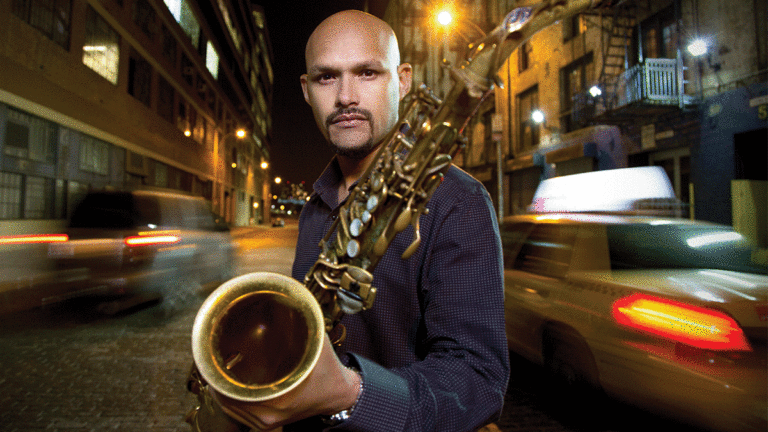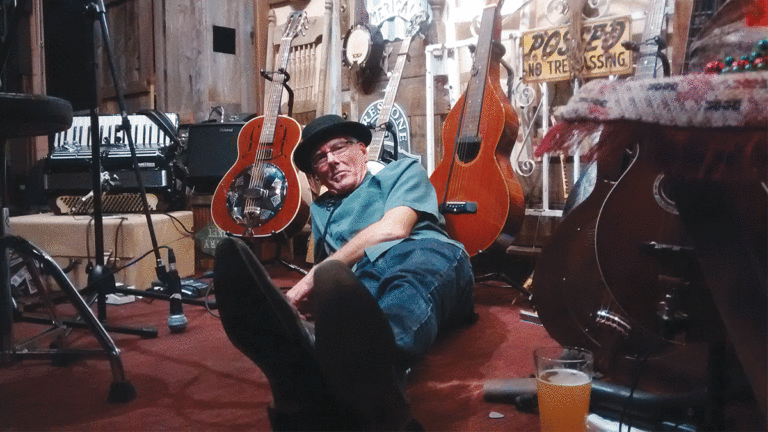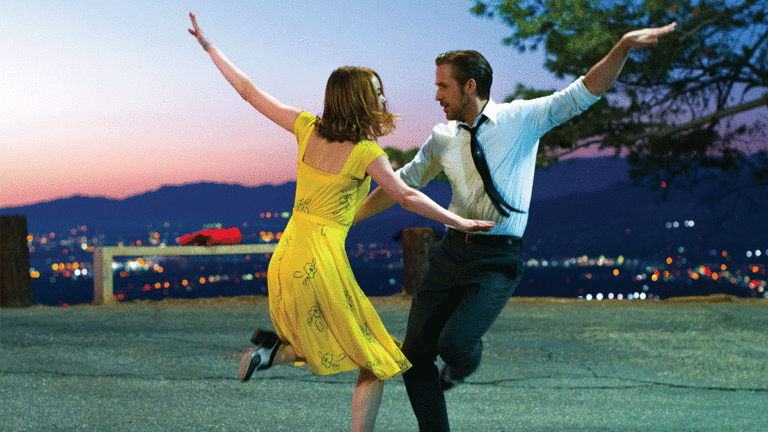Throughout history, humanity has created rituals and celebrations that reflect the different seasons. The rituals mirror, indicate and signify the different aspects of light and dark, allowing humanity to maintain a rhythm with nature, the heavens, past, present and future and with each other. Lent (from “lencten”—when days lengthen), just before spring, is one of those ritual times. Lent begins this Wednesday. Lent is 40 days and 40 nights of purification preparing us for spring, Easter, resurrection, and the Aries Spring Festival.
Lent begins with Ash Wednesday, a ritual of reminding us that we are spiritual beings clothed (temporarily) in form and matter. The Ash Wednesday ritual—the priest places a cross of ashes (made from burned palms) on the forehead (Ajna center, third eye, place of spiritual direction) of parishioners while saying the words, “From dust thou art (you were made) and unto dust thou shalt return.” These words remind us that the body, made of matter, will return to the Earth. However, within our body (within each cell) the Spirit of God dwells—the spark of Life, the Light of Life, the Pisces Light, that saves the world. During Lent, preparing for the new life of spring, we cleanse, purify, change habits, and prepare to make ourselves new.
Thursday Jupiter opposes Uranus (Libra/Aries). Oppositions tell us things new and expansive are appearing and we must not resist, but accept and integrate them. They are the new Aquarian energies coming forth, the template of the new world. We are told those who resist will be left behind. Venus turns stationary retrograde early Saturday morning, retrograding through April 15. More on Lent and Venus retrograde next week.
ARIES: You begin to look at your professional and social self, abilities and successes in different and more powerful ways. This will have a long time effect in your life. People around you also see a difference. A capacity of healing comes forth and you achieve what you have hoped and wished and worked hard for. You will be responsible for the collective transformation of the world at some time. For now, you’re in training.
TAURUS: New ideas, philosophies, journeys, cultures all become important. Some Taureans consider moving to a simpler way of life. Some consider a monastery. And others to a place of higher learning. Some become teachers and professors of philosophies that support the new culture and civilization and future communities. Step into your visions. They are your future.
GEMINI: It is good to make a study of life’s transitions, of death, the bardos, rebirth, reincarnation and all that occurs when we have completed a life on Earth. Understanding life after death has a lasting and hopeful effect on daily lives. Realizing there actually is no death, but only a continuation of life in a different realm. A good book to review is The Tibetan Book of Living and Dying by Sogyal Rinpoche.
CANCER: A transformation on how you perceive other people and the world around you is occurring. There’s a new sensitivity and the need to have deeper interactions and cultivate new associations. As you do this more and more those you allow into your life will begin to recognize you as valuable and as a mentor. You are to assist in the collective evolution of all of humanity. Cancer is the womb that nurtures all new life. You become a “relater.”
LEO: You recognize new levels of awareness concerning your health and well-being, ways to better live daily life and how to serve yourself first in order to then turn and adequately serve others. It’s important to rise with the dawn’s light, to stand in the morning and evening light. It’s also important when one eats, what one eats, and the pure water one drinks in order to keep the body functioning electrically. Then healing occurs.
VIRGO: What creativity means for you and your ability to bring your creative self forth is important for you now. It’s essential to visualize and to know its value. Visualization is in reality the etheric externalization of our creative imagination. Ponder upon this statement. You are to identify yourself as creative and to share all creations and inspirations with the various kingdoms around you. You are their inspiration.
LIBRA: There is a transforming quality that occurs when we nurture ourselves. The ability to nurture others unfolds. But first we must feel cared for and nurtured within the self. You’re very able to provide the nurturing you need and tend to your wounds (feelings of not being nurtured). Then you’re able to offer nurturing towards others (family, friends, home). You can “build a lighted house for all to dwell in and to be nourished.”
SCORPIO: Your communication has been transforming self and others and it will continue. New and innovative thinking and ideas flow through your mind, into your communication and they change all those around you. There will be a capacity to disseminate information that supports a personal—then a collective—transformation. You, having been silent, hidden and quiet, actually become the communicator.
SAGITTARIUS: Security and material wealth are important powerful themes in your life. Your world is often seen through the lens of these two needs. It’s important now and in times to come to secure, maintain and expand your resources so that you have a safe future. It’s important to use your resources to expand the collective, to provide for not only yourself but also those in need. You become the gift giver. Think precious metals.
CAPRICORN: A new identity, a new perception of self, perhaps even your appearance and how you present yourself to the world is slowly changing and will have long and lasting effects. Capricorns are constantly in leadership training. Presently there’s a deep and profound self-development, a sense of personal power and a taking control of one’s life. Eventually all things hidden within emerge into the light of day.
AQUARIUS: It’s important to take care of your health each day. To follow all laws and obey all rules. It’s good to pursue yoga, prayer and meditation, offer acts of goodwill at all times, forgive and ask for forgiveness, be kind and develop compassion. Prepare for a cycle of change to occur and remember to value the spiritual essence of each individual.
PISCES: There is a need to focus on one’s hopes, wishes and dreams. You feel the need for community, for friendships wide and deep and spacious. An unexpected change has occurred in relationship to friends, groups and colleagues. You seek to transform the world in ways not thought of before. Create a journal of ideas. Move forward on these impressions. Ask for help implementing them. All that we ask for, appears. Eventually.































